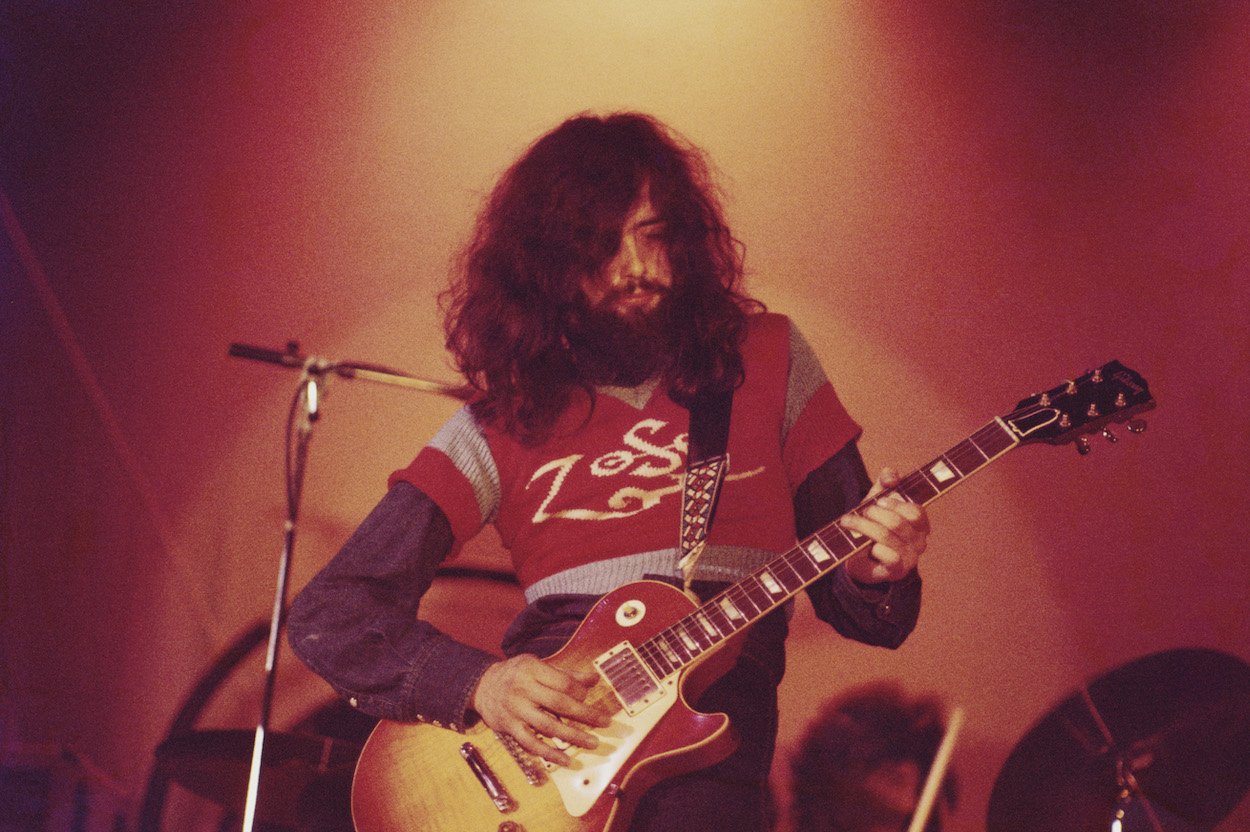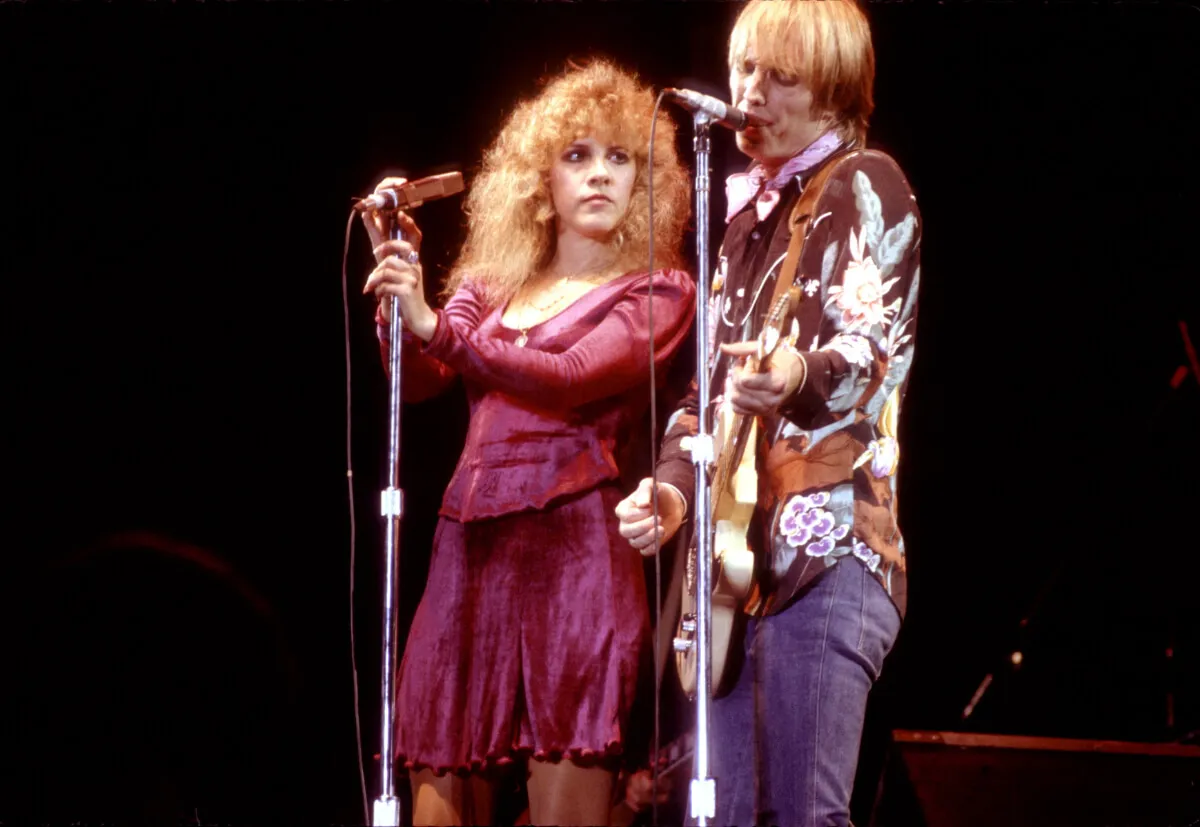
How Jimmy Page Made His Guitar Sound So Heavy on Led Zeppelin’s ‘Black Dog’
Epic live performances helped Jimmy Page and Led Zeppelin build a positive reputation with their massive fan base, even if one concert was like torture for another famous rocker. The band worked quickly in the studio, too, but they still found time to experiment with new sounds and techniques. It might not sound obvious, but Page’s heavy guitars on “Black Dog” (and the idle strumming at the start of the song) happened because of a novel studio experiment.

Jimmy Page developed an interest in recording techniques before forming Led Zeppelin
Page rejected two invitations to join the Yardbirds before he formed Led Zeppelin. He even received an iconic guitar for turning down the job the second time. Page preferred to remain a session musician so he could learn more about recording techniques, such as miking the studio. He made his time in the studio worth his while.
“Being a studio musician, I took it on board as almost an apprenticeship because I wanted to learn from the recording engineers for certain techniques,” Page said during a tour of the Fender guitar factory (via YouTube). “I really wanted to learn how things were done.”
Knowing his way around a recording studio helped him produce Led Zeppelin’s debut album in an astonishing amount of time. Page achieved his heavy guitar sound on “Black Dog,” Led Zeppelin IV’s first track, thanks to a novel approach in the studio.
Page’s created his heavy guitar sound on ‘Black Dog’ by ditching the amplifier
As Led Zeppelin’s only full-time guitarist, Page often laid down multiple tracks in the studio to achieve a bigger sound. For instance, he plays rhythm guitar underneath the solo on “Rock and Roll” from IV. Page does the same on the second half of his “Heartbreaker” solo on Led Zeppelin II.
Page used three guitar tracks for “Black Dog.” A Fleetwood Mac song inspired the call-and-response riff, but the guitar sound was pure Page.
“There are three of Page’s guitars overdubbed in the Led Zeppelin IV blastoff, a favorite technique of his when building up the sonic weight of his riffs,” George Case writes in Led Zeppelin FAQ. “The distortion is jacked to the maximum through use of direct injection and compression — the amplifier is bypassed, and the instrument is instead plugged straight into the recording deck, where its tones are scrunched into the thickest possible frequency.”
The scratched guitar early in the song is the sound of the three tracks being synced up to the master take, Case writes. As the producer, Page easily could have removed those practice strums. He chose to leave them in, and they provide a moment of calm before the storm.
The guitarist used layered guitars on two of Led Zeppelin’s most epic songs
Page’s love for studio experimentation and desire to build big guitar sounds came to the foreground on two later Led Zeppelin epics.
The 1975 album Physical Graffiti includes the overlooked gem “Ten Years Gone.” Page called the song his baby because he demoed it at home with multiple guitars layered on top of each other. He intended it to be a Led Zeppelin instrumental, but Robert Plant added vocals as his contribution to an overlooked classic.
“Achilles Last Stand” from Presence was another case of Page’s guitar sound sounding big because of multiple tracks. Between the layered guitars, the varied effects, and his astounding solo, the Presence opener put Page in a different class. It’s no wonder he once said he was on fire playing that song.
Jimmy Page made his guitar sound heavy on “Black Dog” because he plugged into the recording console and scrunched the frequency to make it sound thicker. That was only one case of Page using his studio know-how to create massive guitar tones on Led Zeppelin albums.
For more on the entertainment world and exclusive interviews, subscribe to Showbiz Cheat Sheet’s YouTube channel.


